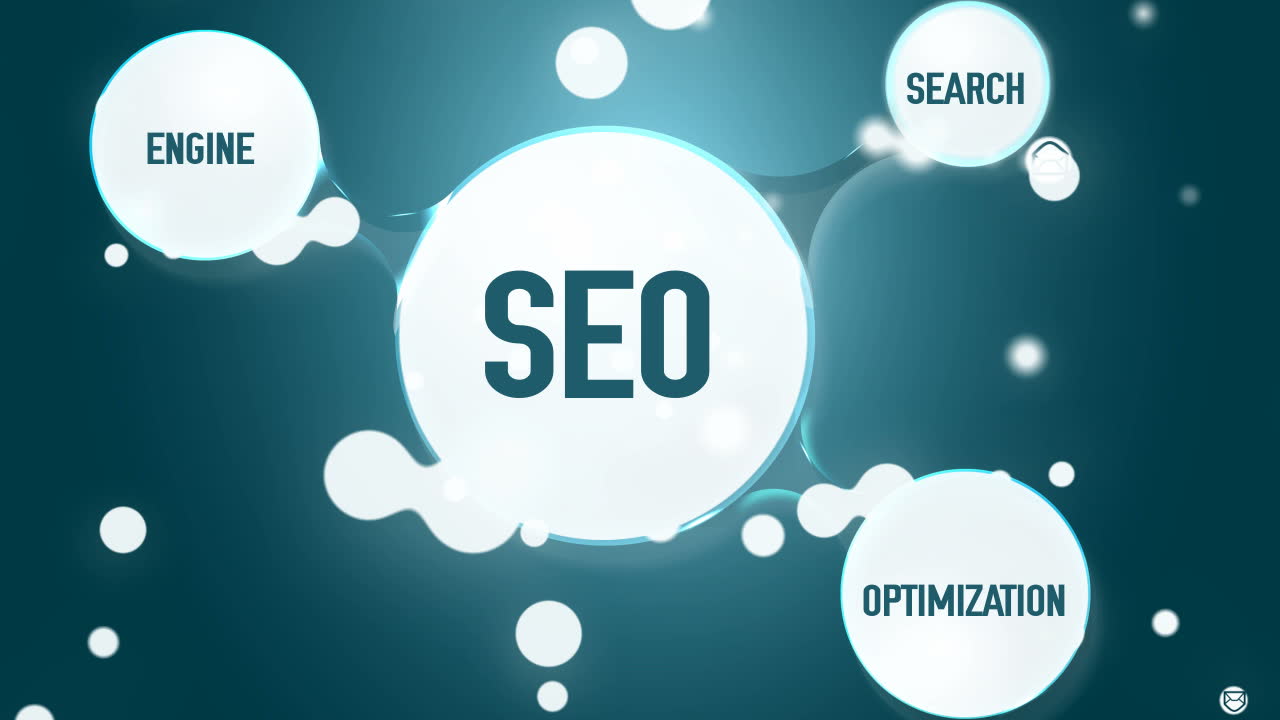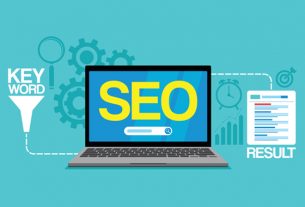Every living thing, every being, every event we witness on Earth has a life cycle and an end. Of course, we witness this cycle, which we encounter in everything, also in products. For example, right now, we can access millions of songs very easily through an application like Spotify, and listen to recorded podcasts on any subject wherever and whenever we want. But no one would have guessed that such an application would probably exist when the popularity of cassette tape was at its peak in the 80s-90s. Therefore, all products and services have a certain lifespan, as measured by their sales history from launch to withdrawal from the market. The product lifecycle represents the graph of the phases of this cycle. We examine a product’s life cycle in four phases: entry, growth, maturity, and decline. These concepts
- Market Entry
The market entry phase of a product includes product development, testing and analysis of the product in the product-life graph. This is the launch phase. When a new product is launched, it is often a high-risk time in the product’s lifecycle. So it can be tried with a prototype. This phase is also the phase where marketing strategies are discussed most intensely. Elements such as pricing and market place are shaped according to target audience analysis. The position of the competitors in the market is examined and a strategy is planned accordingly. Advertising studies are initially made for consumers to recognize the product. Promotions are most often applied at this time. The basic expectation is that consumers recognize the product and make it from the options that come to mind in case of need.
- Growth
In the growth phase, the product or service is recognized, purchased, and continues to be purchased by consumers. Customers have embraced the product. Customer profile has been created. The market share has been formed and continues to increase. There is an increase in the product life cycle. The growth stage is when the product market expands and at the same time competition begins to develop. Competitors recognize the brand. At this stage, marketing campaigns often move from persuading customers to buy the product to building brand presence so consumers choose them over emerging competitors.
- Maturity
The maturity stage is when the brand’s sales begin to normalize from the period of rapid growth. At this stage of the product lifecycle, firms often begin to lower their prices in order to remain competitive in the increasing competition. In the maturity period, when the company starts to be more efficient, deficiencies or errors seen in the entry and growth stages are tried to be eliminated. Marketing studies usually focus more on differentiation. This means that the product offering can be improved, prices can be lowered, and distribution can be made more intensive. At this stage of the product life cycle, products begin to enter the most profitable period. Sales increase while production costs decrease.
- decline
At this stage, the product life graph begins to pause and decline. The reason for this may be that a new product has been launched that meets the need of the product or competitors may have started to take up more space in the market. At this stage, the product is requested to be the first choice by the consumers so that the rejection stage is not entered. As usual, marketers need to differentiate themselves on issues such as brand awareness, price, and customer service. If success is achieved, it can be left in the maturation stage for a while (maybe a very long or determined period). But unfortunately, if the product does not become the preferred brand in a market, you will experience a downturn. Firms may not be able to participate in the continuous competition after a point. This can also be caused by the product’s inability to function over time. For example, in these years when the competition of platforms such as Spotify continues, it cannot be expected that the sales of cassette players will increase. The era of cassette players came to an end with the introduction of CDs and then the internet into our lives. In an environment such as this, it may be more profitable to accept the decline and withdraw. Successful companies can implement new advertising strategies, lower their prices, add new features to their value proposition, explore new markets or adjust brand packaging to extend the product lifecycle.




